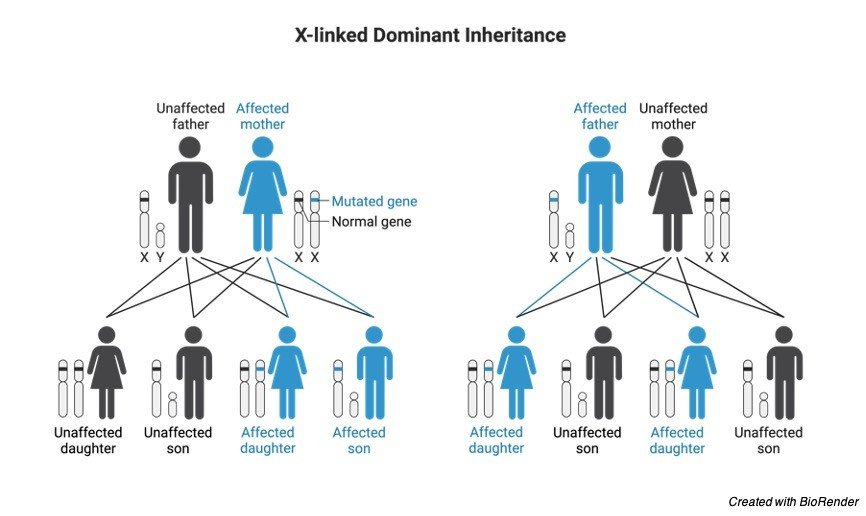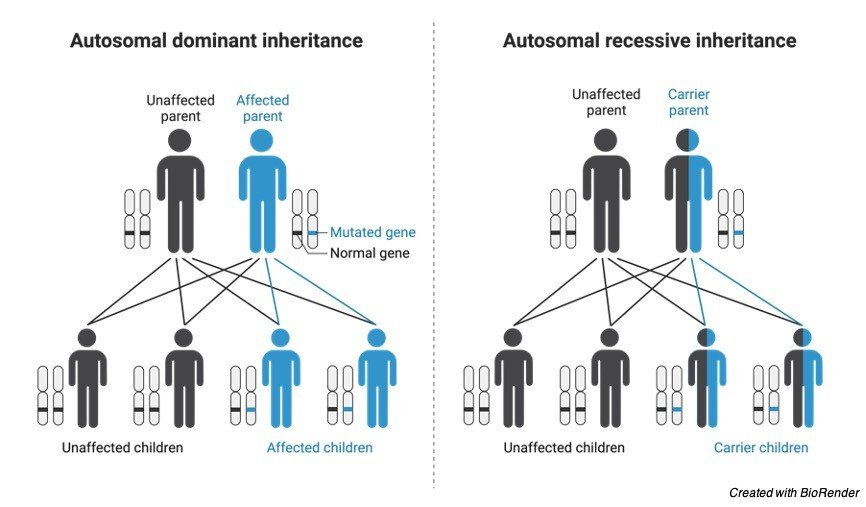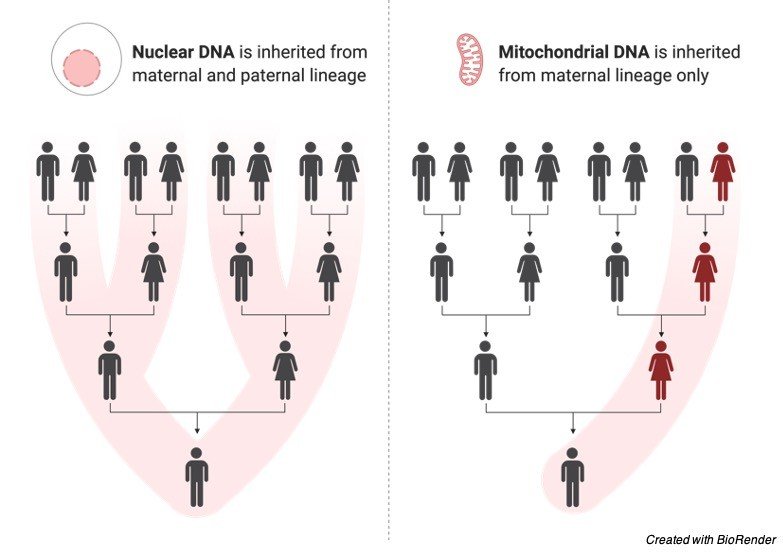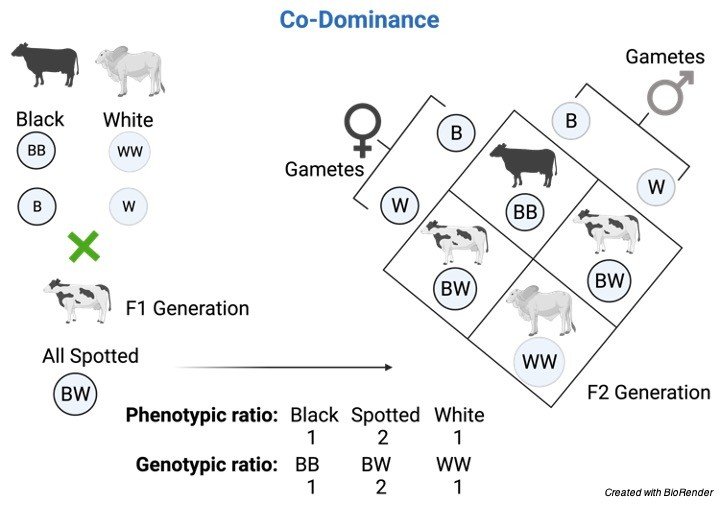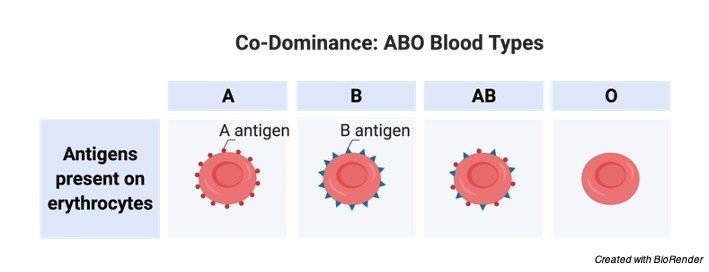Category: Study Materials
-

Incomplete Dominance: Definition and Examples
Incomplete Dominance: Introduction We all know that Mendel’s contribution is very important…
Continue Reading -

Krebs Cycle: Cellular Respiration, Full Steps With...
Krebs Cycle Have you ever imagined why living system (plants) synthesize food?…
Continue Reading -

Restriction Enzymes: Definition, Function, & Types
What are Restriction Enzymes? Restriction enzymes also known as restriction endonuclease is…
Continue Reading -

ribosomal RNA (rRNA): Definition, Classification, and Function
What is Ribosomal RiboNucleic Acid (rRNA)? In ribosomes, the Ribosomal ribonucleic acid…
Continue Reading -

Mendel’s Law of Segregation Mechanism, Examples, and...
Law of Segregation The law of segregation had been put forth by…
Continue Reading





